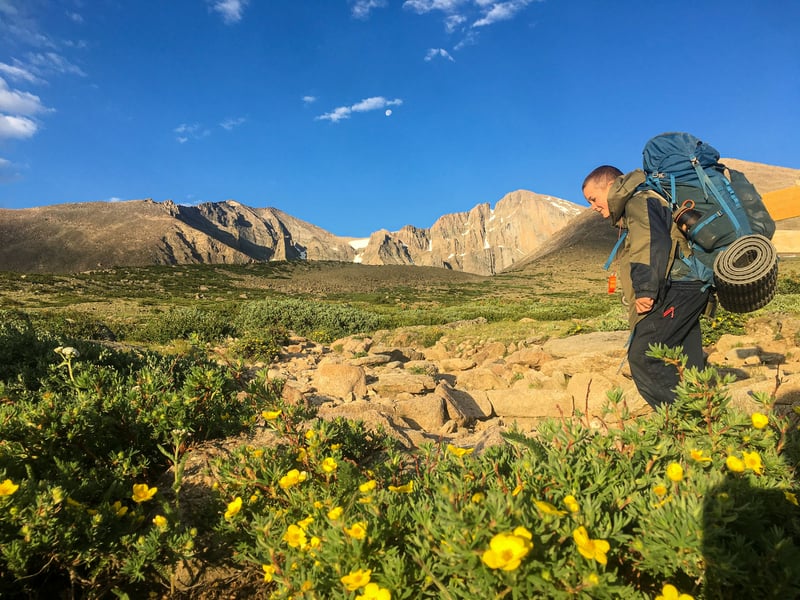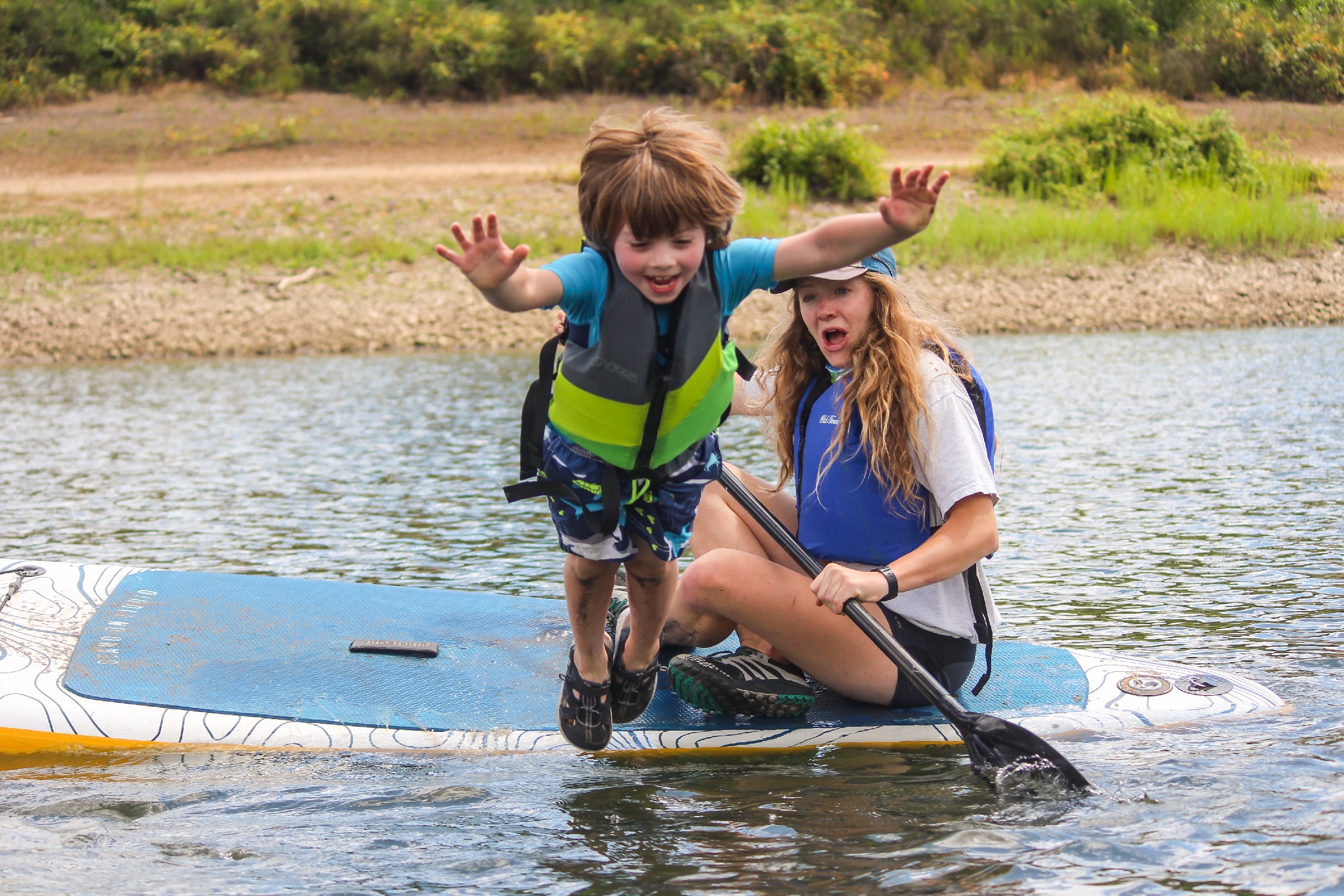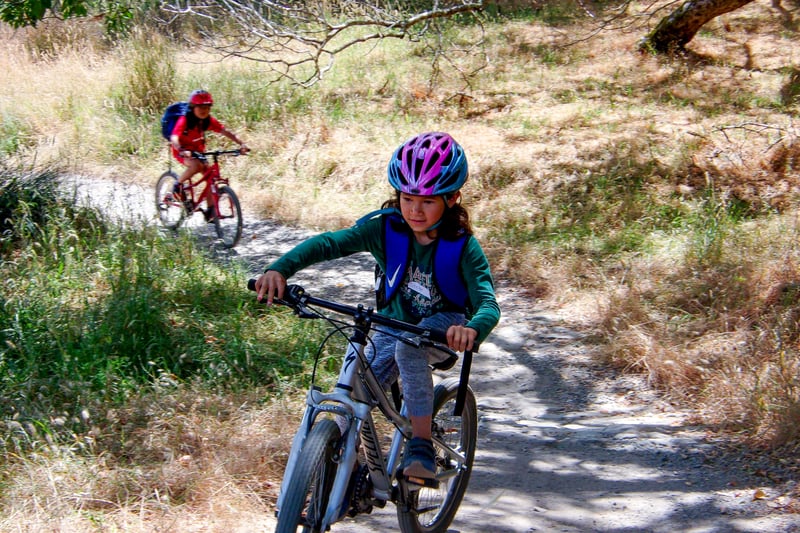“Being introverted is not something to outgrow; it is something to accept and grow into—and even to cherish.” - Susan Cain
I remember standing on top of the big snow hill next to our house with the sled in my hand, staring intensely at the steep slope below. The snow hill was only about twenty feet high, but for a cautious seven-year-old, it was a precarious adventure to endeavor. My dad was standing at the bottom, waiting patiently for me to choose whether or not to accept the challenge. He told me that he would like for me to try, but wouldn't be disappointed if I declined. By that point, he was highly aware of my sensitivity to new experiences, and understood how to introduce new adventures to me. I spent some time assessing the situation by planning my route, recounting how my dad demonstrated it, and looking at him to make sure it was ok. Once my gut feeling gave me the cue to go, I stepped on the sled, held onto the strings, and I was off. I met my dad at the bottom who cheered and celebrated my mini accomplishment with a big hug.
Moments like these were crucial for me as a careful child. To eventually share their love of outdoor adventure, my parents understood that I needed time to assess my surroundings and feel comfortable in order to try new things. They helped support me in many “snow hill” experiences which allowed me to push myself, bit by bit, until I found myself absolutely in love with outdoor activities.

Today, I am an outdoor educator who values the challenges in sports like rock climbing, hiking, and skiing. I honor my experience as a cautious, introverted person and use both the support from my family and tools I’ve researched to support children with similar temperaments.
In this article, I will pull primarily from Susan Cain’s novel Quiet and her research of introverted children. Here are 4 ways to support the ‘cautious ones’ in outdoor recreation:
Understand Where the Hesitancy is coming from
- In her book Quiet, Cain explains that introverts often recoil from the novelty of situations. In other words, it’s the fact that the activity is new and unknown that makes it intimidating, not the activity itself. It’s important as a guardian or educator not to mistake their initial reaction as an inability to engage in a new situation or with new people.
Plan Ahead
- Since the novelty of new experiences is often what intimidates introverted children, plan ahead before an adventure to reduce the feelings associated with novelty. For example, help your child prepare for summer camp beforehand by researching the camp location and recreational sites that their group will visit, give them a preview of what activities they will try, and help them set attainable goals.
Respect Their Boundaries
- When introducing a child to new situations or people, it is crucial to empathize with them and respect their limits. Tell them that their feelings are natural, but that it is also healthy for them to push themselves slightly out of their comfort zones too. At the same time, try to avoid pressuring them too far past their boundaries or you risk pushing them in the opposite direction.
- At Avid4 Adventure, we instruct using a method called Challenge by Choice when teaching outdoor adventure sports. Using this method, we acknowledge that each camper has their own experience level, so they get to choose how far they’ll push themselves, whether it’s getting to the top of a rock climb route or three feet off the ground. The goal is to have each camper feel challenged and still have a positive experience that leads to increased confidence and growth. The key to supporting them during the process is to honor their pace, acknowledge their fears, and celebrate their success no matter how small!
Avoid labeling their behavior
- Often, introverted children are given labels with negative connotations like ‘shy.’ These labels can make them feel that their nervousness is something fixed and unnatural versus an experience they can work with and feel validated. It’s important to understand that introverted children have different learning styles when it comes to new situations. Their nervousness or caution is a part of their process, not something they need to overcome in order to learn and enjoy new skills. Again, the goal is for them to learn how to approach novelty in a way that they can push themselves and not be overstimulated.
Through research and experience, I’ve learned how my introversion shapes my outdoor experiences. Although it sometimes takes a bit longer for me to feel comfortable to tackle a new challenge, I know that my cautious nature helps me navigate risk and feel my emotions deeply and fully during an outdoor experience. I want the cautious children of today to know that their temperament is not a barrier to new opportunities to explore outside, but a tool they can use to connect deeply to their first authentic adventures.
For other tips on how to boost your child's confidence when it comes to outdoor adventures, click the link below.
References and Other Resources:
Cain, Susan. (2012) Quiet: The Power of Introverts in a World That Can’t Stop Talking. New York: Broadway Books.





 Login
Login
 Store
Store
 Help Center
Help Center





